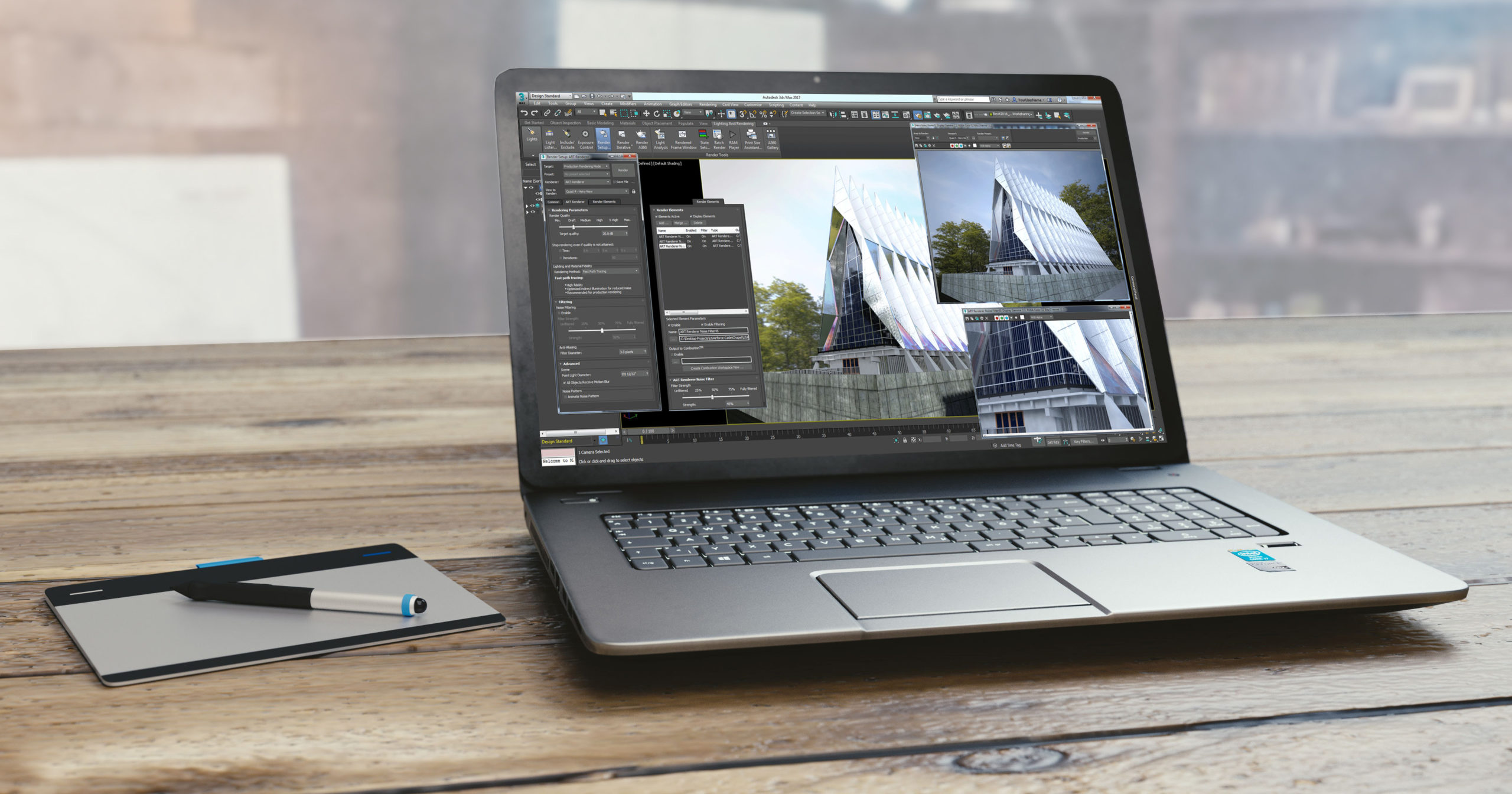
Laptops for students: how to find the perfect pair
Choosing the right laptop for student life is a crucial decision. It must meet academic requirements, fit within the student's budget, and provide versatility for personal use. In this article, we'll look at the key factors to consider when choosing a laptop for students, and make recommendations for different needs and budgets.
Key considerations
1. Budget
- Decide your budget to narrow down your choices. Student laptops come in a wide price range, from budget to premium. {eleven}
- Consider the size and weight of your laptop. Lightweight and portable, laptops are ideal for students who need to carry them with them to class.
- Choose a laptop with a powerful processor (Intel Core i5 or AMD Ryzen 5) and at least 8GB of RAM for smooth multitasking and running school software.
- Long battery life is essential for all-day campus use. Look for laptops that can last at least 8-10 hours on a single charge.
- Popular options include Windows, macOS, and Chrome OS. Choose the one that suits your preferences and software requirements.
- To speed up application loading, choose laptops with solid-state drives. You can always expand your storage using external drives or cloud services.
- If you're accident-prone or plan to carry your laptop with you often, look for laptops with rugged builds and spill-resistant keyboards.
- Full HD (1920x1080) display is standard, but higher resolution may be preferable for graphic design or video editing.
- Make sure your laptop has the necessary ports, including USB, HDMI, and audio jacks, to connect your peripherals.
- Affordable and provides good performance for basic academic tasks.
- Decent build quality and Full HD display.
- Suitable for web browsing, document editing and light multitasking.
- Extremely lightweight and portable.
- The Apple M1 chip delivers excellent performance and battery life.
- Ideal for design or art students.
- An excellent choice with an elegant design.
- Provides fast performance, long battery life and a high-resolution display.
- Suitable for a variety of academic and personal tasks.
- Affordable and versatile with its 2-in-1 design.
- Runs on Chrome OS, ideal for online tasks and productivity.
- Great for taking notes and browsing the web.
- Equipped with a powerful AMD Ryzen processor and dedicated NVIDIA graphics.
- Suitable for games and challenging academic tasks.
- High refresh rate display ensures smooth gaming experience.
- Runs on Chrome OS for ease of use.
- Lightweight and highly portable for students on the move.
- Ideal for web tasks and Google Workspace.
- More budget alternative to MacBook Air M1.
- There is still a macOS version available for Mac enthusiasts.
- Suitable for general academic tasks.
2. Portability
3. Productivity
4. Battery life
5. Operating system
6. Storage
7. Durability
8. Display
9. Connectivity
Recommendations for laptops
1. Budget option: Acer Aspire 5
2. Selecting a portable device: MacBook Air (M1)
3. Universal Windows laptop: Dell XPS 13
4. Budget 2-in-1: Lenovo Flex 5 Chromebook
5. Powerful multitasking: ASUS ROG Zephyrus G14
6. Chromebook for simplicity: Google Pixelbook Go
7. Available macOS option: MacBook Air (Intel)
Conclusion
When choosing the ideal laptop for students, you need to consider factors such as budget, portability, performance, and the operating system that suits your needs. The recommended laptops suit a variety of needs and budgets, ensuring you can find the perfect solution for your academic journey. Remember to prioritize durability, battery life, and ease of use to get the most out of your student laptop investment.






